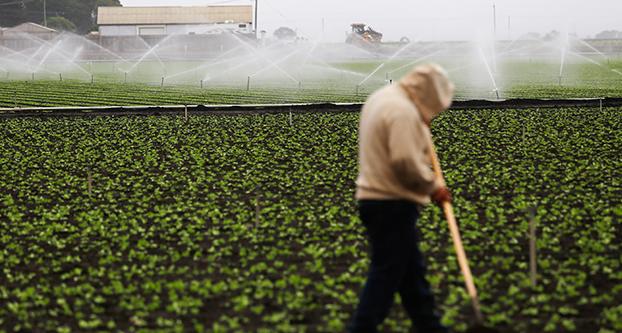The California State University system has received a renewal grant for another $2 million from the U.S. Department of Agriculture.
The grant is to be utilized for The Watershed Management Internship Program for the CSU and community colleges throughout the state of California.
“There will be more emphasis on those applicants who apply from a CSU Hispanic-Serving Institution,” said Elizabeth Chapin, CSU spokeswoman. “The selected interns generally stay within their area to keep it truly statewide and within their local community.”
Fresno State is a Hispanic-Serving Institution (HSI) and the last grant back in 2011 awarded over a dozen interns from Fresno. The grant will cover 50 paid internships a year for four years, said Chapin.
Applicants must be full-time students and have research project experience in natural resource and water-related activities.
The paid internships will not only entail research opportunities of the current water crisis, but they will provide interns hands-on experience alongside local water experts. They give the opportunity of potential job offers in their field of study.
“Students mainly submit their research projects,” said Chapin. “However, there are other internships/programs that students can get into, but it’s mainly near campuses within their community.”
Past paid internships within the program ranged from watershed flow frequencies and best management practices in the Sierra National Forest to hydrogel that aids in soil water retention and soil column studies with polymer gel.
“Being paid interns will help them to alleviate the need to find work outside their major in addition to their studies help keep students engaged in their academic career,” said Michele Penilla, program manager.
The difference in this year’s award is adding California Community College student eligibility, said Penilla.
In addition to adding that eligibility, there will be one $20,000 scholarship awarded each year to a CSU student enrolled in a Ph.D. program, said Dr. David Zoldoske, Fresno State’s Water Resources and Policy Initiatives project director.
“Over 20 of our students last year were working for the biggest USDA service,” said Zoldoske. “It gave them encouragement to consider career options in the USDA and the federal government.”
Submitted applications are carefully examined and go to California State University, San Bernardino, the main university for the administration of the internship program, said Chapin. The call for projects and applications will be sent out within the next few weeks and placement can start as early as January.




